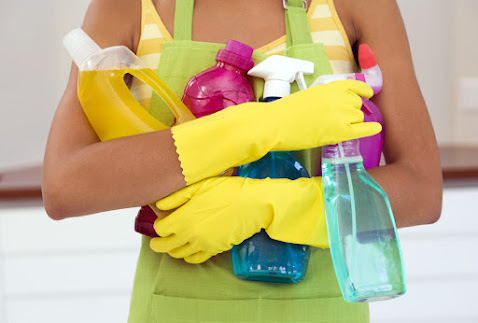Protective packaging from a substantiality perspective, you definitely will want to look at the different types of sustainability aspects that come with this. Sustainable and protective packaging is definitely becoming more and more popular in a lot of different ways. While ecommerce does retain a small type of the overall sales, this is growing faster in a lot of ways. In the most recent months, ecommerce has become a very relevant channel for products, since it offers the best delivery of pretty much everything that’s there, rising over 200% since the pandemic began.
The supply chains that are there too definitely offer a much different sort of manner. Ecommerce packaging is 20 times more frequently handled than other types of packaging though, which means that there are more points where this could be damaged. Replacing this does account for a lot of greenhouse gas emissions in a lot of cases, and also avoiding damage is a big part of the experience of ecommerce companies. Ecommerce does require more durable, robust panels, and in general, offers more material for a lot of people. Sustainable packaging is also a big part of this too. DHL for example found tat the top trends for packaging strategy does involve offering sustainable packaging and materials, and public awareness of the packaging waste that comes with this too.
Global awareness of ocean plastic and the pollution that’s going on is changing the way customers are looking at packaging, and in general, this has put a lot more pressure on everything that comes with this too. Some countries are even banning single-use plastics as well. Protective packaging doesn’t perform well when it comes to the overall performance, and the sustainability of this. While yes, protecting the environment is a big part of this, protective packaging does rely on bulky material that’s not easy to recycle, or material for unsustainable sources, which creates negative impacts, which does occur in the B2B and the B2C environments and the logistics possible.
The rise of ecommerce has caused greater challenges, since ecommerce for direct delivery to customers is less mature than the B2B logistics, so it’s much less optimized too. More ecommerce packaging is empty space, but businesses rely on this, and customers do directly interact with this. With more bulk items being shipped out, you need to teeter to the point of making the packaging protective, but also sustainable, so that it doesn’t affect the quality of the packaging, and offers better unboxing, and brand perception as well that comes with this. This means that more customers are looking to rethink protective packaging and sustainability.
Through conversations with leaders of the industry, looking into what this might mean, and the innovations of such are the next part of this. There are more and more data tools which exist, such as simulation and modeling tools that happen during development, and also the packaging in virtual worlds and disparaging sizes, and of course, the technology to offer this is definitely a big promise of this, and with more sustainable materials being possibly used, it offers a lot of reaction in response to the environmental impact of this. There is also the need to bring more of those materials to the market to lower the costs, allowing them to be more widely used and adopted. There is also more industries that are looking into reliability and sustainability, and some reusability, which is something that is growing a lot more quickly. With ecommerce definitely growing, this is a hot topic, and one that businesses are trying to master as well.














